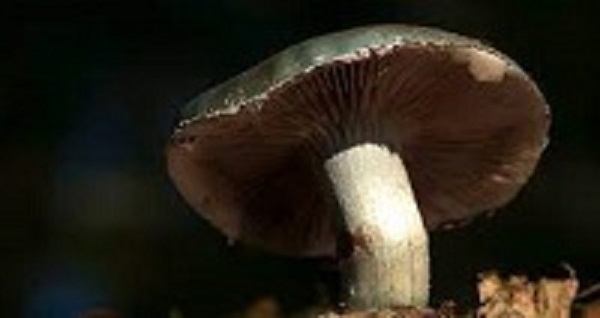Researchers from the University of Bristol have suggested that mycelium composites, derived from the roots of mushrooms, could provide a sustainable alternative to traditional building materials in Africa. In a recent study published in the journal Advanced Sustainable Systems, the researchers highlighted the potential benefits of mycelium composites and the need for their adoption on the African continent.
Mycelium composites are versatile materials that have gained popularity in Europe and the US over the past decade. They are produced by harnessing the growth capabilities of fungi, which feed on organic biomass. This eliminates the need for complex manufacturing processes and allows mycelium composites to be produced almost anywhere, even at home, without the need for advanced equipment or expertise.
The organic biomass used for mycelium composites can be obtained from agricultural, agro-industrial, and forestry waste streams. These materials have a wide range of applications, including packaging materials, insulation panels, floor tiles, and furniture.
One of the key advantages of mycelium composites is their ability to self-heal and self-grow. Fungi have the capacity to respond to various stimuli such as light, chemicals, gases, gravity, electric fields, and mechanical cues. This makes mycelium composites an innovative option for the construction sector.
Lead author Stefania Akromah, a Ph.D. student in Composites Science, Engineering, and Manufacturing, emphasized the potential of mycelium composites for Africa, stating, “I am very intrigued by how such a simple technology holds so much potential for the African continent, and I am happy that my contribution could make a difference in the lives of my people.”
In her paper, Akromah also highlighted the value that mycelium composites can add to agricultural waste, potentially incentivizing investments in the agricultural sector and increasing productivity. Additionally, mycelium composite production could serve as a greener waste management solution for plastics and other carbon-based waste materials.
The next phase of the research aims to further refine the properties and production processes of mycelium composites. This will enable the integration of this technology with established practices in diverse developing countries.
Dr. Neha Chandarana, Lecturer in Sustainable Composite Materials, expressed enthusiasm for the project’s progress, saying, “We’re seeing quite a lot of activity in mycelium composites at the moment, and I’m looking forward to the next steps of our project that will address the development of structural mycelium-based materials as well as considering the social and environmental impacts.”
Professor Steve Eichhorn, Professor of Materials Science and Engineering, added, “I learned so much in writing this review with Stefania and Neha, both about the possibilities for cheap, lightweight and sustainable composites from mycelium, but also how these might be deployed in African countries.”
The adoption of mycelium composites in Africa could have far-reaching socio-economic and environmental benefits. By utilizing agricultural waste and reducing the reliance on traditional building materials, this innovative technology has the potential to contribute to a more sustainable and resilient future for the African continent.
Note:
1. Source: Coherent Market Insights, Public sources, Desk research
2. We have leveraged AI tools to mine information and compile it



